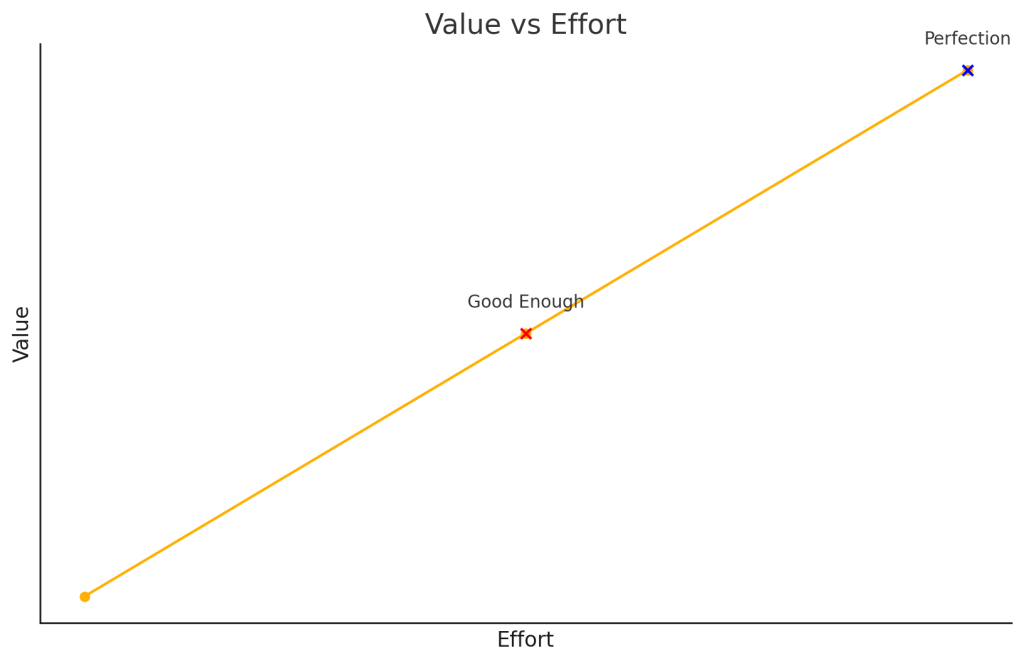10.1 Decision Making in Recruitment and Selection
Decision-making is an important part of the recruitment and selection process. This chapter explores the various aspects of decision-making that HR professionals and hiring managers need to understand to make effective hiring choices!
The Importance of Effective Decision-Making
Effective decision-making greatly influences the success of any organization. Decisions about candidates can impact a company’s culture, performance and growth. Poor hiring decisions regarding time, resources, and potential legal issues can be expensive. Hiring the right people can positively affect existing team structures and workplace culture. Selecting smart, skilled, capable candidates can give companies an edge.
Making “Good Enough” Decisions
Employers strive to make the best hiring decisions but sometimes face constraints. Often, time pressures limit how long the search for the ideal candidate can continue, so they tend to be satisfied. Coined by Nobel laureate Herbert Simon in 1956, “satisficing” is a form of decision-making where individuals choose an acceptable rather than an optimal option. Employers often engage in satisficing when making hiring decisions due to several reasons. Sometimes, positions must be filled quickly, so the first applicant who meets the minimum qualifications is selected. Budget constraints may make evaluating every candidate difficult for a small hiring team, so satisfaction helps speed up the costly hiring process. Suppose there are a limited number of suitable applicants. In that case, satisficing allows hiring managers to make a ‘good enough’ decision rather than spending more time and money searching for the ideal candidate.

“7.2 Decision-making Models” from Psychology, Communication, and the Canadian Workplace © 2022 by Laura Westmaas, BA, MSc is licensed under a Creative Commons Attribution-NonCommercial-ShareAlike 4.0 International License, except where otherwise noted.—Modifications: Used section Bounded rationality: Making “good enough” decisions, edited, changed example to be HR related.
OpenAI. (2024, April 29). ChatGPT. [Large language model]. https://chat.openai.com/chat
Prompt: Create a chart with value on the y-axis and effort on the x with a line traversing through it and a point midway that says good enough, and the maximum effort and value provide a point called perfection. Remove any value labels and provide alternative text.

